Report Hints That Feds Might Keep 54.5 MPG CAFE Target

The federal agencies reviewing the country’s corporate average fuel economy (CAFE) targets are pleasantly surprised by the amount of fuel-saving technology in modern vehicles, and hint that the target they decided on back in 2011 is still doable.
Those agencies just released a technical assessment report (TAR) to guide the review process. In it, they figured that vehicles will average between 50 and 52.6 miles per gallon by the target year of 2025 — if gas stays stable and consumers continue buying SUVs and trucks.
That’s not too far off the original target, and judging by the optimistic tone of the report, it’s likely the 54.5 mpg mandate will stay intact.
When regulators set the 2025 CAFE target, it served as a steep challenge to automakers. Backlash continues to this day, especially from the Alliance of Automobile Manufacturers — complexity adds cost being their main argument. However, the last five years saw huge advances in technology designed to wring more power and mileage out of vehicles, especially gasoline-powered ones.
The Draft TAR was issued by the U.S. Environmental Protection Agency, National Highway Transportation Safety Administration and the California Air Resources Board. A 60-day public comment period follows, after which the agencies go to work on a proposed determination (expected in mid-2017).
The level of new technology in the marketplace encouraged all agencies, which expect more fuel-sipping advances:
It is clear that the automotive industry is innovating and bringing new technology to market at a rapid pace and neither of the respective agency analyses reflects all of the latest and emerging technologies that may be available in the 2022-2025 time frame. For example, the agencies were not able for this Draft TAR to evaluate the potential for technologies such as electric turbocharging, variable compression ratio, skip-fire cylinder deactivation, and P2-configuration mildhybridization. These technologies may provide further cost-effective reductions in GHG emissions and fuel consumption.
Shedding weight, boosting aerodynamics, and increasing the use of advanced gasoline engines and efficient transmissions will go a long way to reaching the target, the report finds. As for the perpetually looming electric vehicle revolution, the Draft TAR doesn’t think the marketplace needs to soak up huge amounts of EVs.
The reports states that “only modest amounts of hybridization, and very little full electrification (plug-in hybrid electric vehicles (PHEV) or electric vehicles (EV)) technology will be needed to meet the standards.”
Meeting EPA emissions targets would require EVs to reach close to three percent of the country’s vehicle fleet by 2025, while the CAFE target could be reached by a two percent (or slightly less) EV market share. It’s possible that the lower-cost 200-mile EVs poised to enter the market over the next two years could achieve this, though meeting the EPA’s target would be a real challenge.
When the agencies behind the report issue their final recommendation in April 2018, don’t be shocked to see the status quo maintained.

More by Steph Willems
Latest Car Reviews
Read moreLatest Product Reviews
Read moreRecent Comments
- SaulTigh Unless we start building nuclear plants and beefing up the grid, this drive to electrification (and not just cars) will be the destruction of modern society. I hope you love rolling blackouts like the US was some third world failed state. You don't support 8 billion people on this planet without abundant and relatively cheap energy.So no, I don't want an electric car, even if it's cheap.
- 3-On-The-Tree Lou_BCone of many cars I sold when I got commissioned into the army. 1964 Dodge D100 with slant six and 3 on the tree, 1973 Plymouth Duster with slant six, 1974 dodge dart custom with a 318. 1990 Bronco 5.0 which was our snowboard rig for Wa state and Whistler/Blackcomb BC. Now :my trail rigs are a 1985 Toyota FJ60 Land cruiser and 86 Suzuki Samurai.
- RHD They are going to crash and burn like Country Garden and Evergrande (the Chinese property behemoths) if they don't fix their problems post-haste.
- Golden2husky The biggest hurdle for us would be the lack of a good charging network for road tripping as we are at the point in our lives that we will be traveling quite a bit. I'd rather pay more for longer range so the cheaper models would probably not make the cut. Improve the charging infrastructure and I'm certainly going to give one a try. This is more important that a lowish entry price IMHO.
- Add Lightness I have nothing against paying more to get quality (think Toyota vs Chryco) but hate all the silly, non-mandated 'stuff' that automakers load onto cars based on what non-gearhead focus groups tell them they need to have in a car. I blame focus groups for automatic everything and double drivetrains (AWD) that really never gets used 98% of the time. The other 2% of the time, one goes looking for a place to need it to rationanalize the purchase.
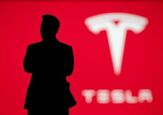
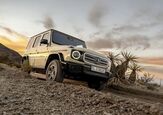
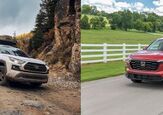
















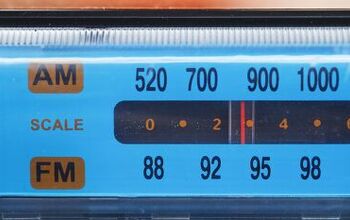
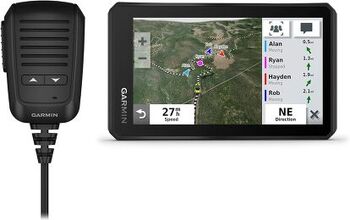
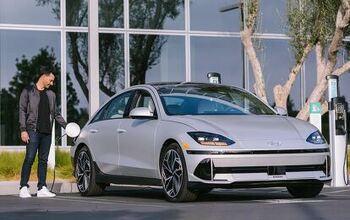
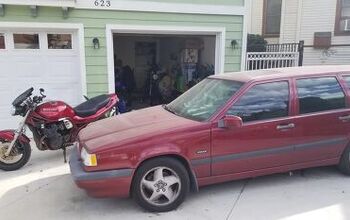
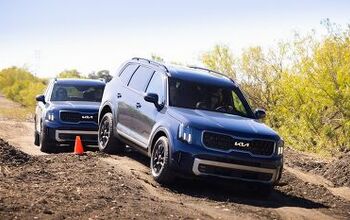
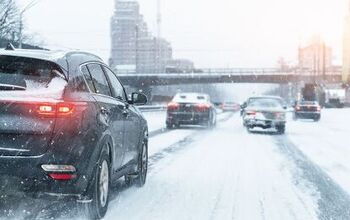
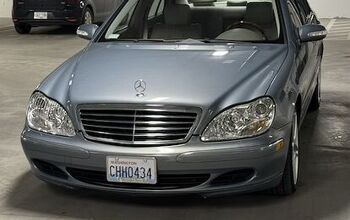
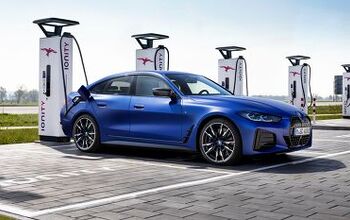
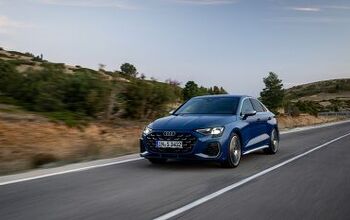
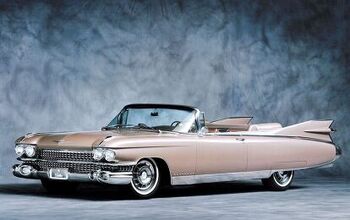
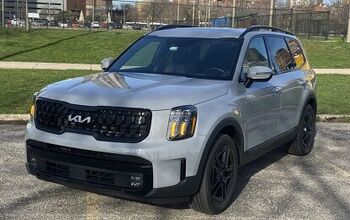
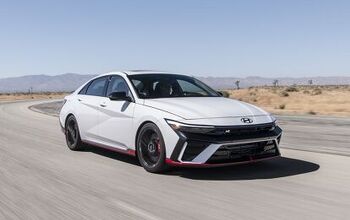
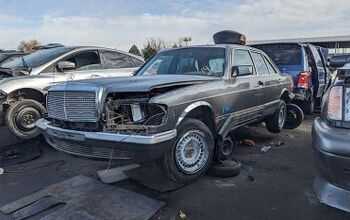
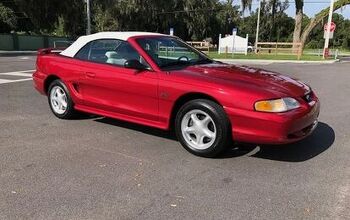
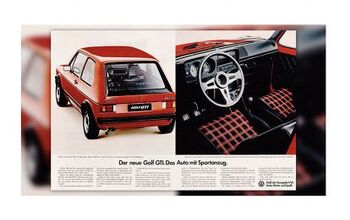
Comments
Join the conversation
I don't like any Government intervention but that will never happen. I don't want to give the Government any other excuse to raise taxes if they are going to waste the additional revenue. I wouldn't mind if the fuel tax were increased by 10 to 25 cents a gallon only if the increase were designated for road and bridge construction and repair and not for bike and walking paths. Let people drive what they want to drive and if they cannot afford to drive a vehicle that is less efficient then they should not buy it. Let the CAFE standards stand as they are, at least most of the manufacturers will adapt to them. Don't give the Government any more latitude to increase taxes or come up with additional taxes which they will spend like a drunken sailor.
Okay then! See you in a Prius a few years from now! Get used to a fake fly-by-wire brake pedal. Take care.